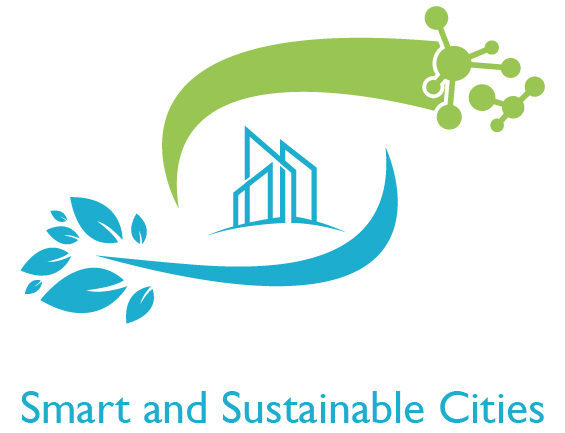veronique.flambard@univ-catholille.fr
Tel : 03 59 31 50 66 / (+33) 3 59 31 50 66
Research areas
Assessment of public policies, housing economics, urban economics, public economics, applied econometrics, experimental economics, behavioral economics, control of energy demand, financial incentives, intrinsic motivations, risk, health, environment, sustainable urban development.
Véronique Flambard is an economist in the Smart and Sustainable Cities unit of the Faculty of Management, Economy and Sciences and member of the LEM (UMR CNRS 9221). She conducts research in applied microeconomics in the field of local and urban economy and the evaluation of public policies. In her work, she takes into account the impact of individual choices and attitudes towards risk on the effectiveness of public policies.
Research axis 1: evaluation of public policies
The housing policy is largely based on housing aid which is allocated on the basis of a calculation taking into account many parameters. Numerous studies have been devoted to the effectiveness of housing subsidies to underline their solvency power but also their limits (financial difficulties that remain, perverse effects on rental inflation, existence of inactivity trap, etc.). The reform which was to take effect in April 2020 has been postponed for several months due to the economic conditions and the impact after the reform will again be assessed. In work published between 2013 and 2019, research axis 1 consisted of studying the impact of housing assistance on the incidence of forced moves, difficulties in paying rent and unpaid debts. The role of the problems at stake (situation of recipients’ poverty, role of the characteristics of the housing market, choice of consumption of accommodation and other goods, life events and attitude towards risk) and the weight of these factors in difficulties recipients have been the focus of much of the research agenda. One of the conclusions is that financial difficulties can be caused mainly by bias intrinsic selection to housing assistance (delivered to people who need it most financially) or by a probability of experiencing stronger difficulties with identical characteristics for beneficiaries. Both phenomena played an important role in housing aid, most notably in line with the calculation of housing aids based on revenues reaching up to two years prior and the weak amortization of aids in case of a hard blow for households who already receive nearly the aid ceiling.
Research axes 2: impact of behavior on the effectiveness of public policies
The energy transition can only be achieved by combining different public policies (aid for thermal renovations of buildings, incentives for the gradual transition to renewable energies, encouragement or boost towards energy efficiency and smoothing consumption to flatten the load curve). The second line of research is in public economics with the analysis of cooperative behaviors, whether influenced by financial and non-financial incentives or independently and distinctly whether they are influenced by the way in which the policy is presented (“framing” or presentation in terms of prevention / production, level / probability, positive / negative externalities). For example, in a work with two co-authors, Fabrice Lelec and Rustam Romaniuc, the factors influencing cooperative behaviors that can relate to public prevention and public investment in a risky environment are studied. This work shows that in a context of “repeated play” with information at each stage of the game on the collective damages avoided / collective benefits created, agents are more likely to cooperate to prevent collective harm than they would to produce positive externalities. Public authorities must formulate their policies taking them into account, for example in the context of global warming or health policies. These results could help explain why in the current pandemic context, the population tends to adhere relatively well to containment in order to limit the circulation of the virus in a context of repeated “play”, where every day information is provided on the decrease in the number of cases, hospital admission…

